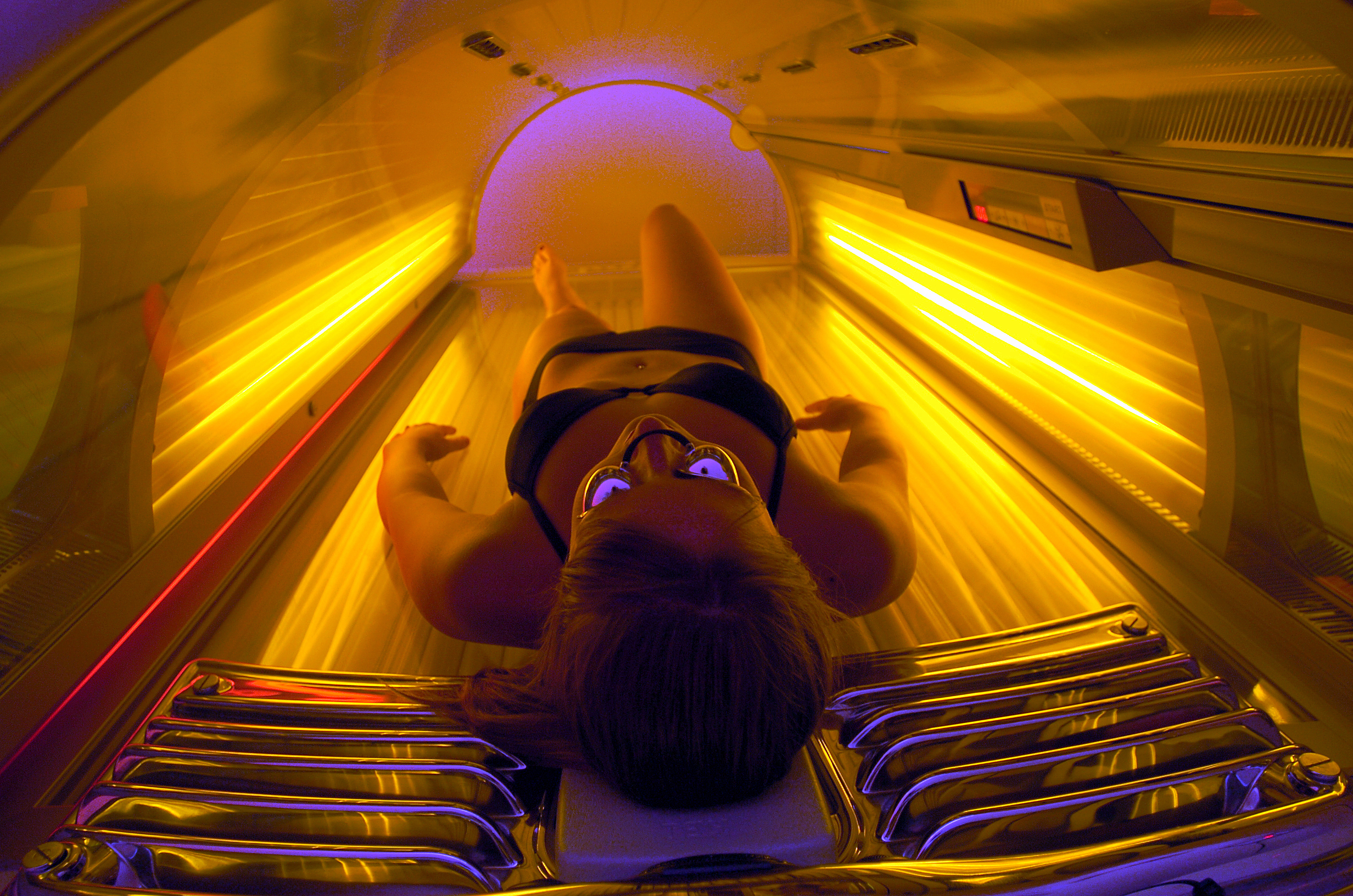Indoor tanning involves utilizing synthetic sources of ultraviolet (UV) radiation, such as tanning beds, sunbeds, or tanning cubicles, to achieve a tan. While some folks go for indoor tanning for beauty reasons, it's necessary to focus on the potential risks related to this follow. Here's an in depth overview of the ins and outs of indoor tanning:
The Process:
Tanning Beds: Tanning beds emit UV radiation, primarily UVA and UVB rays, which simulate the solar's natural gentle. UVA rays penetrate the pores and skin deeply, while UVB rays affect the surface layers, resulting in the production of melanin and the darkening of the skin.
Tanning Lotions: Some folks use indoor tanning lotions or accelerators that contain ingredients to reinforce melanin manufacturing, potentially leading to a faster and darker tan. These lotions often comprise moisturizers and bronzers.
Risks and Concerns:
Skin Cancer: The most significant risk associated with indoor tanning is an increased threat of pores and skin most cancers, including melanoma, squamous cell carcinoma, and basal cell carcinoma. Even Tanning Spa NYC of tanning beds can considerably elevate this risk.
Premature Aging: UV radiation can speed up the growing older process of the pores and skin, leading to wrinkles, nice lines, age spots, and loss of skin elasticity.
Eye Damage: UV rays can damage the eyes, increasing the risk of cataracts, macular degeneration, and other eye circumstances.
Weakened Immune System: Excessive UV publicity weakens the immune system, making it harder for the body to fight off ailments and infections.
Addiction: Some people might develop a psychological dependence on indoor tanning, resulting in extreme and harmful tanning behaviors.
Regulations and Guidelines:
Age Restrictions: Many nations and states have age restrictions for indoor tanning, aiming to guard minors from the risks related to UV exposure.
Warning Labels: Tanning beds are sometimes required to have warning labels in regards to the potential dangers of indoor tanning.
Safer Alternatives:
Sunless Tanning Products: Sunless tanning lotions, sprays, and lotions provide a tan with out UV exposure. They comprise dihydroxyacetone (DHA), which interacts with the pores and skin to provide a quick lived tan.

Professional Spray Tanning: Some salons provide spray tanning services the place a technician applies a tanning resolution evenly on the skin, providing a tan without UV exposure.
Conclusion:
While indoor tanning would possibly offer a quick lived cosmetic answer for attaining a tan, the associated well being risks cannot be ignored. It's crucial to prioritize your pores and skin's well being and contemplate safer alternate options should you desire a tan. Protecting your skin from excessive sun publicity, wearing sunscreen, and embracing pure pores and skin tones are important for general well-being..
